How to Grow Hyacinths Both Outdoors and Inside

By Alexa Erickson
Sweet-smelling hyacinths fill the garden in dreamy pastel hues mid spring. The perennial bulb is easy to grow, whether you choose to start the by forcing hyacinth bulbs indoors or get straight to planting outdoors.
Here’s everything you need to know about how to grow and care for hyacinths, from when in the season they should be planted to a step-by-step guide on the planting process.
Photo via Amy Q
Varieties of Hyacinths to Grow
There are numerous types of hyacinth varieties to grow, some with their own growing and care preferences and each variety boasting its own unique colors and properties. Here are some varieties we suggest to get you started:
Anna Marie
This bushy hyacinth variety, best planted in the fall, is cotton-candy pink and has won countless awards for its prolific blooms and deer- and rabbit-resistance.
Blue Star
As the name suggests, these hyacinth flowers bloom blue-purple star-shaped flower petals. They can grow virtually anywhere, from containers and beds to rock gardens and borders.
Miss Saigon
Hyacinth ‘Miss Saigon’ is incredibly fragrant and bursts a beautiful deep royal purple hue. Plant them alongside daffodils for a striking bulb spread.
Top White
If you’re keen to white flowers, consider ‘Top White’—this variety produces white, star-shaped florets that shine bright in a garden.
Delft Blue
A favorite amongst hyacinth growers, ‘Delft Blue’ charms with periwinkle-colored flowers and is one of the most fragrant hyacinth varieties out there. Plant the bulbs in groups of five or more for the ultimate punch of color in the garden.
Gipsy Queen
A soft, coral color is one that you don’t see often in the garden. ‘Gipsy Queen’ hyacinth blooms for up to three weeks in late spring and is definitely worth the wait.
Roman White
An actively-spreading hyacinth variety, ‘Roman White’ sprouts delicate snow-hued blossoms. Make sure to plant somewhere that drains well in the winter.
Hollyhock
This hyacinth variety is unique in that it blooms double florets, or two layers of blooms on each flower. And the intense reddish pink color is a universal garden favorite.
Woodstock
If you want a moody, dark hyacinth variety to plant in your garden, ‘Woodstock’ is it. The deep purple-red fragrant flowers on this hyacinth variety are the ultimate contrast to typical bright or pastel blooms that are associated with spring.
City of Haarlem
What’s a spring garden without a pop of yellow? This tantalizing addition to border and rock gardens make the ultimate cut flower once they’re fully bloomed.
Where to Plant Hyacinths
Hyacinths are a winter hardy perennial that do best when grown in USDA zones 4-8.
Plant your hyacinths where they will receive full sun to ensure they produce the largest flowers and straightest stems. If that is not an option, the bulbs will also flower in light shade or half-day sun.
Choose a planting site with loose-textured, well-draining soil or amend the soil in your current bed if necessary.
When to Plant Hyacinths
Plant your hyacinth bulbs in the ground in mid to late fall. You can wait for the first frost to occur, but be sure to plant them prior to the ground freezing. Once the bulbs are planted and the ground continues to cool down, the bulbs will be encouraged to grow strong root systems that will support their blooming season come the spring.
If you're forcing hyacinths indoors, they can be planted whenever! Just keep in mind that they take about six weeks to produce flowers, so plan ahead if needed, incorporating the bulb-freezing period we outline a few sections down: How to Force Hyacinth Bulbs Indoors.
Photo via Judy S
How to Plant Hyacinths
Any time after the first frost, choose your planting location and space out each planting hole. Hyacinths look great when grouped in five to nine bulbs per area. In home gardens, avoid planting the bulbs in straight lines or single rows to create a more natural effect.
Tools and Materials Needed
- Measuring tape
- Trowel
- Hyacinth bulbs
- Watering can or hose
- Mulch
Step 1: Dig the Hyacinth Holes
When planting hyacinth bulbs, measure 5 to 6 inches between each planting site. Then, dig each hole about 6 inches deep.
Step 2: Set the Bulbs in Each Hole
Once you’ve dug each hole, place five to nine the bulbs in with the pointy end of the bulb facing up. Cover the bulbs with soil, then water thoroughly.
Step 3: Apply Mulch
Apply a 2-inch layer of mulch around the plants. This will keep weeds from growing and prevent disease.
How to Force Hyacinth Bulbs Indoors
If you don’t want to wait until spring to enjoy beautiful hyacinths, you can opt to force hyacinth bulbs indoors to enjoy short-term, as they won’t come back as perennials when forced.
Forcing them will encourage the bulbs to bloom weeks or months before they would outside, and you’ll have a beautiful indoor container garden to show off even when spring hasn’t quite hit yet or after outdoor hyacinths' showy season is over.
Tools and Materials Needed
- Nursery containers with drainage holes
- Soil-based potting mix
- Hyacinth bulbs
Step 1: Place Bulbs in Soil
Fill nursery containers with potting mix. Place the bulbs in the soil with the tips just peeking out.
Step 2: Store in Dark Room
The hyacinth bulbs should be stored in a cool, dark place for 10 weeks—if you have a large refrigerator with space to place them, this would be ideal. The temperature should remain above freezing but no higher than 45 degrees for at least 10 weeks to allow roots to develop.
Step 3: Adjust Light and Temperature
When the shoots have reached about 1-inch long, introduce light and warmer temperatures. Continue to add light and warmth gradually as you wait for the shoots to come up.
Step 4: Water the Soil, Wait for Flowering
Carefully water the soil until it is moist. Avoid watering the shoots directly, which can lead to diseases. When you notice flowering, you can transplant the hyacinths into the ground if you so wish and if the weather permits. Or you can put them in a soil-filled container to keep indoors. Keep in mind that although they’ll look great this season, forced bulbs are usually treated as annuals and are discarded after flowering.
Photo via Valerie Burge
How to Care for Hyacinths
A little care goes a long way with hyacinths. Follow these maintenance tips, including watering, fertilizing, and combating pests and diseases to achieve the most successful blooms.
Water
Once the hyacinths begin blooming, stop watering them. Moisture from the earth is all these hardy perennials need to quench their thirst. For unusually hot and dry conditions, a little watering may be necessary—water only when the top 3 inches of soil is dry. Instead of watering overhead and getting the foliage wet, only water at soil-level.
Fertilizer
Hyacinths are hardy as can be and do not need a lot of fertilization because they store energy within their bulbs. If you would like a little oomph, however, you can apply a slow-release fertilizer after plant’s leaves have emerged in the spring.
Maintenance
After the season’s bloom, remove the flower stems but keep the leaves intact until they die and fall off and can be plucked from the ground. Keeping them intact allows the leaves to gather energy from the sun and blast it down to the roots for the following season’s bloom.
Be mindful of winter soil. If the soil holds a lot of water, it can cause bulb rot. If you find that the soil around your hyacinths gets pretty soggy when it snows, apply organic matter before planting to boost drainage.
Pests and Diseases
Hyacinths do not like to be overwatered, or watered overhead. If the plant is waterlogged, and if the foliage remains wet, gray mold can infiltrate, which looks like stained water spots on leaves that appear gray. The plant will eventually appear very wilted as foliage dies back and the entire plant is covered by a fuzzy gray growth. As soon as you spot gray mold, remove the infected plant so the disease doesn’t spread.
In the winter, small rodents like mice or voles can attack hyacinth bulbs during their hunt for insects. To prevent this, line planting holes with small baskets of ¼-inch hardware cloth cut to fit around the bulbs’ planting site.
Meanwhile, squirrels and chipmunks will often dig up hyacinth bulbs for food. To discourage this, lay one-inch wire mesh over the bulb beds and use pegs to fasten the mesh into the soil. Don’t worry—your hyacinth stems will find their way through the mesh!
Have you grown hyacinths yet? Let us know about your experience in the comments below!



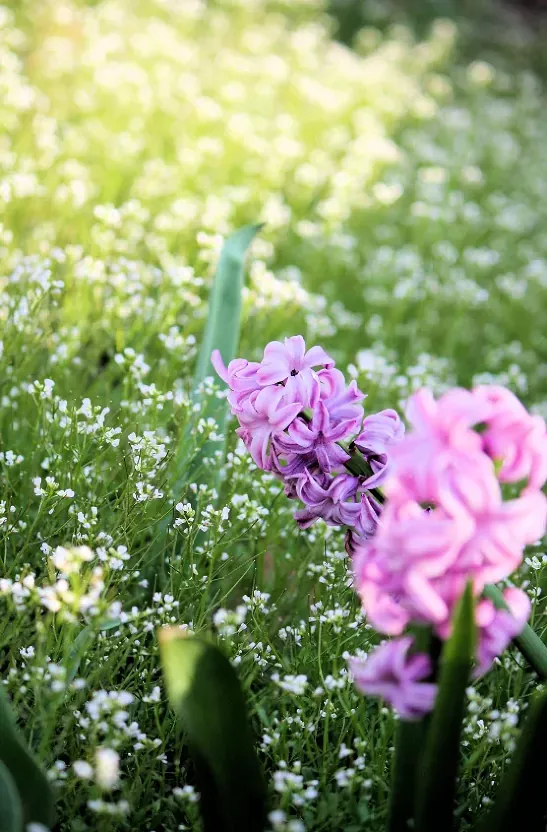


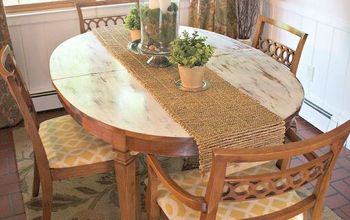
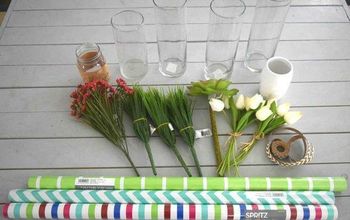
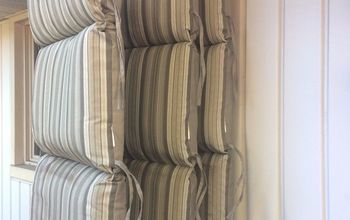
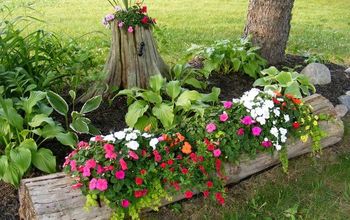
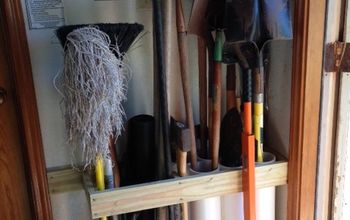

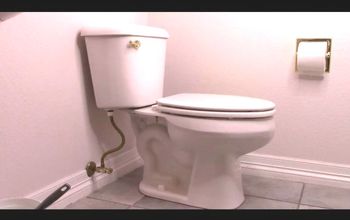
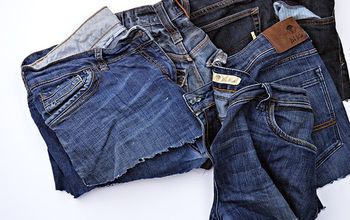
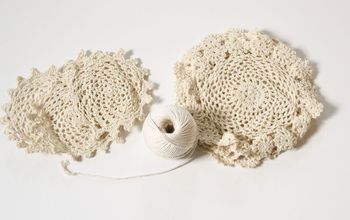
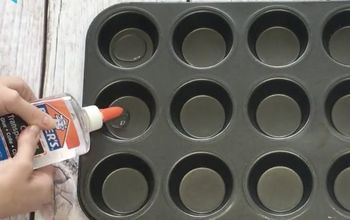
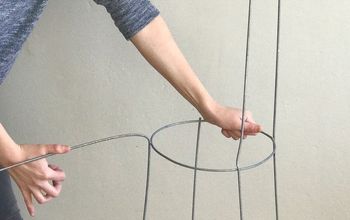
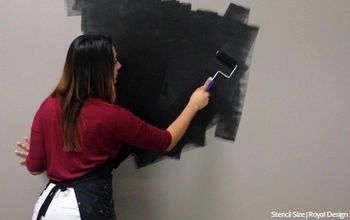
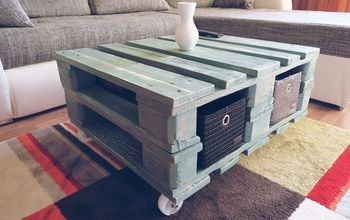
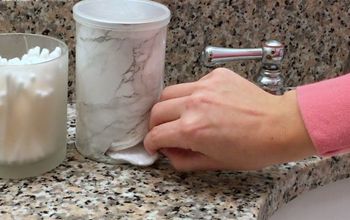
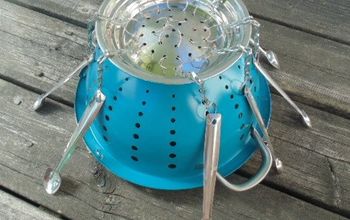
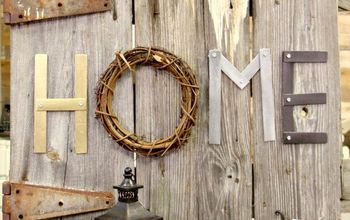

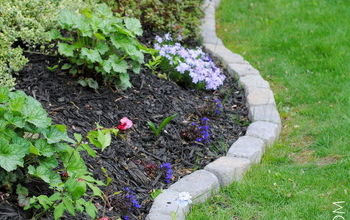
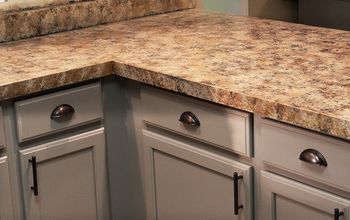
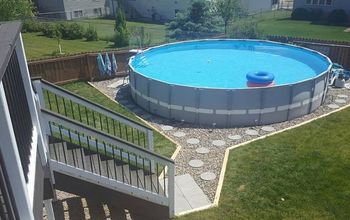
Frequently asked questions
Have a question about this project?